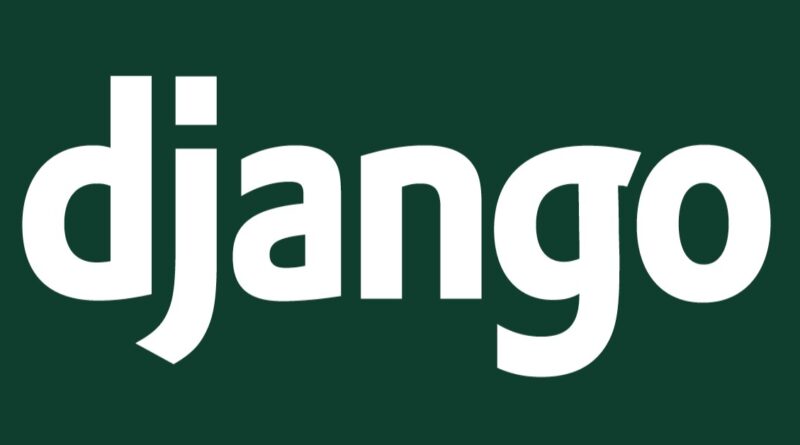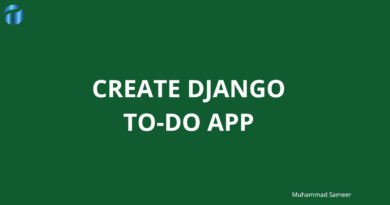Know about Python Django
What is Django?
Django is a high-level Python web framework that encourages rapid development and clean, pragmatic design. It takes care of much of the hassle of web development, so you can focus on writing your app without needing to reinvent the wheel. It’s free and open source. Django is a powerful web framework for Python that makes it easy to build web applications quickly. With Django, you can take advantage of a robust set of tools and libraries to help you build your application, including:
Some of the key features of Django include:
- A robust ORM (Object-Relational Mapper) for working with databases
- A simple but powerful template engine for building dynamic HTML pages
- A framework for handling URLs and routing requests to the appropriate view functions
- A built-in development server and debugging tools
- A high-level and flexible syntax for defining and organizing your application’s components
Django was designed to help developers take applications from concept to completion as quickly as possible. It emphasizes reusability and pluggability of components, less code, low coupling, rapid development, and the principle of don’t repeat yourself. Django is used by many well-known companies, including Instagram, Pinterest, and The Washington Times. It’s also a popular choice for building web applications for startups and small businesses.
One of the key benefits of Django is that it follows the “batteries included” philosophy, meaning that it comes with a lot of the tools and libraries you need to get started building your application. This saves you time and effort, as you don’t have to reinvent the wheel or search for third-party libraries to handle common tasks.
Another advantage of Django is its strong emphasis on security. It includes features like cross-site request forgery protection, SQL injection protection, and password validation to help you build secure applications.
One of the great things about Django is that it’s highly customizable. You can extend or override almost any part of the framework to fit the needs of your application. This makes it a great choice for a wide range of projects, from simple websites to complex web applications.
Overall, Django is a powerful and flexible web framework that makes it easy to build and deploy web applications quickly. Whether you’re a seasoned developer or just getting started with web development, Django is a great choice for your next project.
How to use Django?
Let’s Create Sample Project
To use Django, you’ll need to have Python installed on your system. You can check if you have Python installed by running the following command in your terminal:
python --version
If Python is not installed, you can download it from the official Python website (https://www.python.org/) or use a package manager like apt (on Ubuntu) or brew (on macOS) to install it.
Once you have Python installed, you can use pip, the Python package manager, to install Django. Run the following command in your terminal to install Django:
pip install django
This will install the latest version of Django on your system.
To create a new Django project, navigate to the directory where you want to store your project and run the following command:
django-admin startproject myproject
This will create a new directory called myproject with the basic structure of a Django project.
To start the development server, navigate to the project directory and run the following command:
python manage.py runserver
This will start the development server at http://127.0.0.1:8000/. You can access the Django admin site at http://127.0.0.1:8000/admin/.
To create a new Django app within your project, run the following command:
python manage.py startapp myapp
This will create a new directory called myapp the basic structure of a Django app.
To create a view function in your app, you’ll need to create a Python function in the views.py file and map it to a URL using a URL pattern in the urls.py file. You can then use Django’s template engine to create an HTML template for the view.
Create Super User:
To create a superuser in Django, you’ll need to run the createsuperuser management command.
First, make sure you are in the same directory as the manage.py file for your Django project. Then run the following command:
python manage.py createsuperuser
This will prompt you to enter a username, email address, and password for the superuser. Once you have entered this information, the superuser will be created and you will be able to log in to the Django admin site using the superuser’s credentials.
If you need to create multiple superusers at once, you can use the loaddata management command to load a JSON or XML file with the superuser data. This can be useful if you have a large number of superusers to create or if you need to create superusers as part of a script or automation process.
For more information on the createsuperuser and loaddata management commands, you can refer to the Django documentation (https://docs.djangoproject.com/en/3.1/ref/django-admin/).





